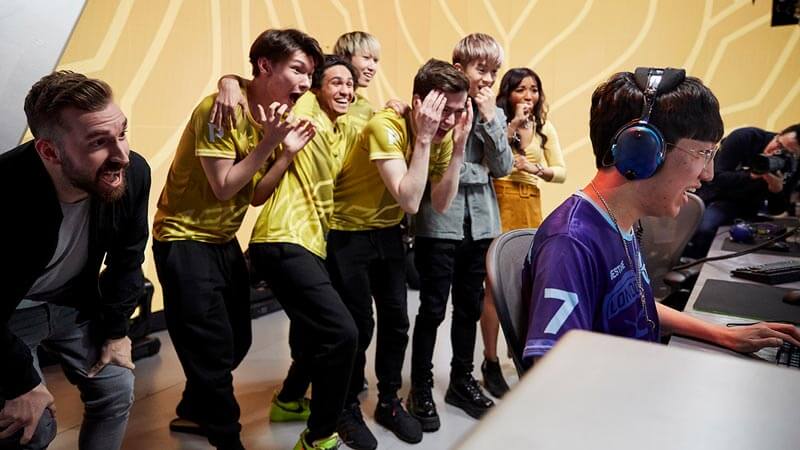New format for Overwatch League 2020 revealed, but will it work?
After much speculation as to how the Overwatch League is running their format next year, Activision Blizzard made some key announcements for OWL 2020 that have put them in the spotlight once again. Although the plans to start hosting weekly home and away games fell through, the logistical nightmare of travel and balancing the schedule for rest and practice has been achieved with this new change.
Once again, Overwatch League’s ambitious vision for esports has been shown, but is the restructuring of the league defeating the purpose of an international league in the first place? How can teams more effectively train for each other without giving up their competitive edge due to travel and extracurriculars? And will the OWL be better off in the future because of these changes?

© Overwatch League
New structure for 2020
In their special announcement earlier this week, Blizzard revealed that each team will host two weekend-long Homestands. Neighboring franchises in the division will also collaborate on three more regular season events in their home region. In total, 52 Homestand weekends are booked to take place in the totality of the season.
Two local events will run simultaneously throughout the season, which will take place between February and August. Each OWL team will again play a total of 28 games next season, with two games set to be played against their division rivals and one regular season game will be played with teams outside the division.
The plan for ‘fewer markets’ as announced by Overwatch League’s Commissioner and President and CEO of Activision Blizzard Pete Vlastelica wasn’t always in the cards. The initial idea of regular home and away games was integral to the process, but once again the logistics surrounding such an intensive and travel heavy schedule was not feasible for the league at this stage.
The prospect of more expansion league teams for Season Three was effectively stopped at the door with this announcement. The league is splitting into four divisions, with each conference dividing in half. Teams will play other squads in their own conference twice, and franchises from the other conference once. Due to this format, OWL will not be divided into stages like it has in previous years. The All-Star event will still take place mid season, with each team taking staggered bye weeks to give players optimal time for rest and strategic planning at different points of the season.
Too much too soon?
This format is only set in stone for the 2020 season, with more advanced changes set to take place in the years to follow. Why did the OWL end up with format? Pete Vlastelica mentioned that this format ‘costs less and is more efficient’ than the other alternatives on the table, and through this manner each team will be able to host their own Homestand weekends without completely losing their international profile.
The localization of divisions is a peculiar step when taking into account the initial purpose of the Overwatch League. In its inception, OWL served as the international compass where multi-national squads could be formed in an attempt to achieve worldwide supremacy. Now, it seems as though the ‘Champions League’ approach of OWL has been altered in an attempt to bring in these local markets, and one wonders if what is good for business at this point is also good for the competitive integrity of the league.
Although the vision of what the OWL league truly can be has been altered for 2020, its not necessarily a bad direction to take as of right now. The ability for each team to host their own weekend and set up their own broadcasts and venues is a unique challenge, but hosting two competing weekends at the same time will surely dilute just how much attention is being paid to the league overall.
This situation is reminiscent of when the North American LCS in League of Legends had two separate broadcasts. At a certain point, fans would only tune in to the ‘better’ of the two broadcasts and what would be missed on the ‘alternative’ streams quickly became lesser news because of that lack of attention. OWL run the risk of having that same phenomena occur, but if they find a way to avoid that pitfall, this could be the start of something great for the league once again.












